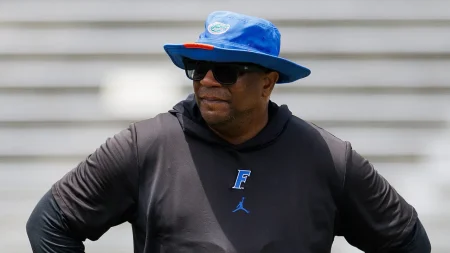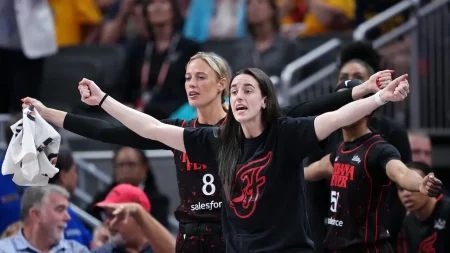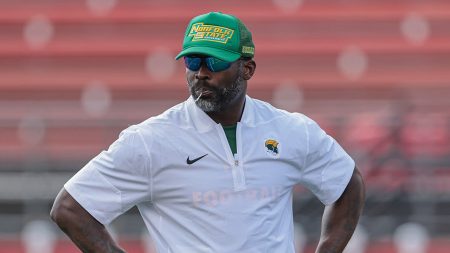The National Association of Intercollegiate Athletics (NAIA) banned transgender athletes from competing in women’s sports in order to support fair and safe competition for all student-athletes, citing Title IX as the basis for separate and equal opportunities for female athletes. The organization laid out specific participation rules, stating that only NAIA student-athletes whose biological sex is female may participate in NAIA-sponsored female sports. The NAIA also outlined guidelines for transgender athletes who have begun masculinizing hormone therapy, allowing them to participate in internal activities at their institution but limiting their involvement in external competition.
The policy change, which goes into effect on August 1, was approved by the NAIA’s Council of Presidents in a unanimous 20-0 vote. NAIA president Jim Carr defended the decision, emphasizing the organization’s commitment to creating fairness and competition within the league. He also stated that the policy change aligns with the principles of Title IX, which aims to provide separate but equal opportunities for women in sports. The NAIA is a separate entity from the NCAA and governs smaller schools and universities, with a total of 241 membership schools in the organization.
The ban on transgender athletes participating in women’s sports has sparked controversy and raised questions about inclusivity and fairness in sports. Advocates for transgender athletes argue that all individuals should have the opportunity to compete based on their gender identity, regardless of their biological sex. However, opponents of transgender inclusion in women’s sports express concerns about potential advantages that transgender athletes may have over cisgender athletes, particularly in terms of physical attributes and performance.
The NAIA’s decision to implement a ban on transgender athletes in women’s sports reflects a larger debate within the realm of athletics about how to balance inclusivity with fairness and competition. While some organizations advocate for policies that prioritize gender identity, others prioritize biological sex as the determining factor for sports participation. The NAIA’s policy change highlights the ongoing complexities surrounding transgender inclusion in sports, as well as the diverse perspectives and opinions that exist within the athletic community.
Moving forward, it will be important for the NAIA and other athletic organizations to continue engaging in conversations and dialogue surrounding transgender inclusion in sports. By listening to diverse viewpoints and considering various factors, such as fairness, safety, and inclusivity, stakeholders can work towards developing policies that uphold the values of equity and opportunity for all athletes, regardless of gender identity. Ultimately, the issue of transgender participation in sports will continue to evolve, and it is essential for organizations to adapt and respond in a thoughtful and inclusive manner.













